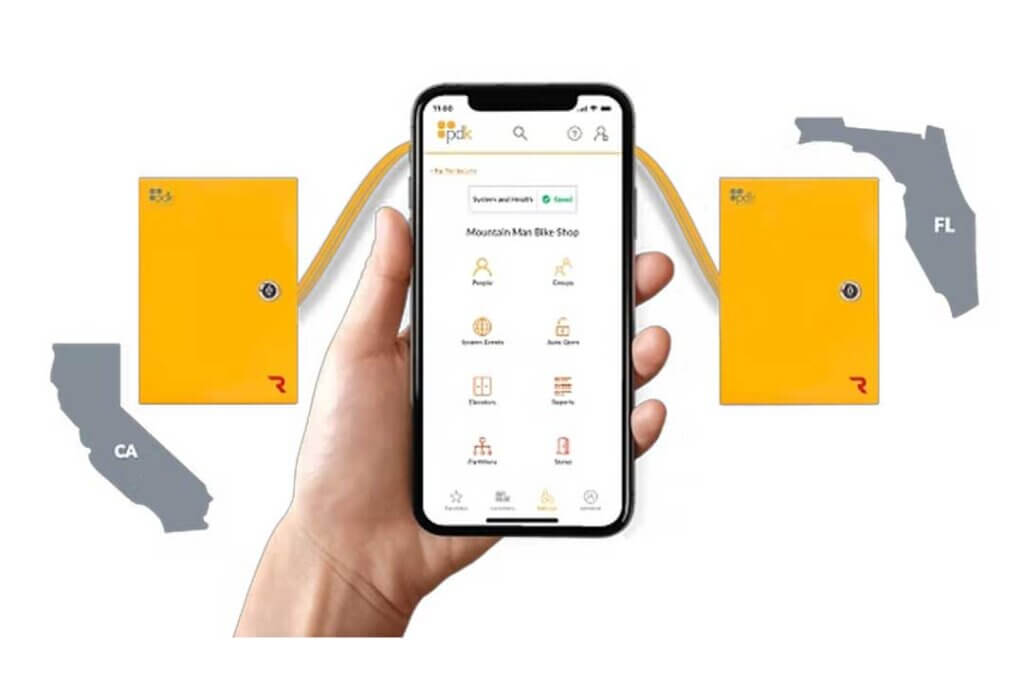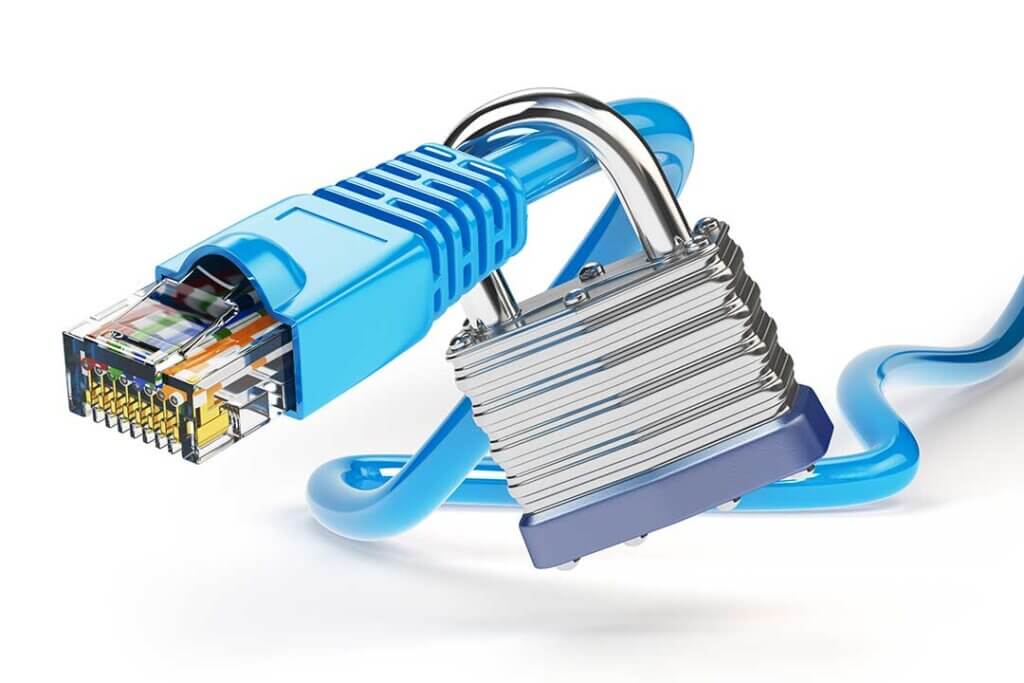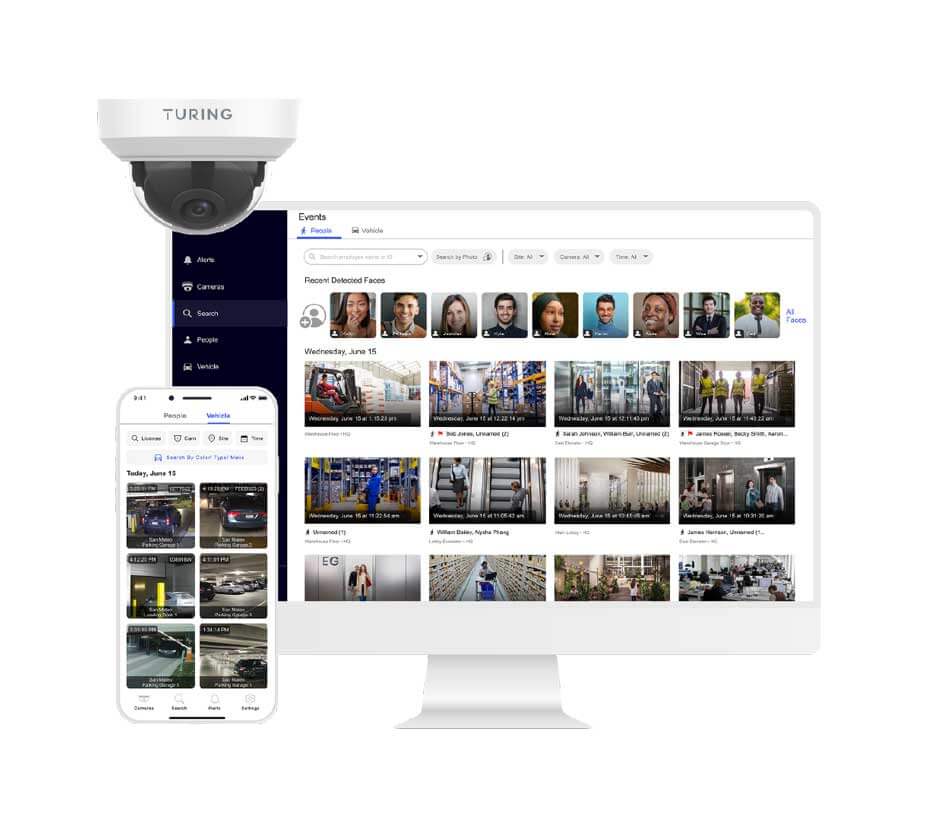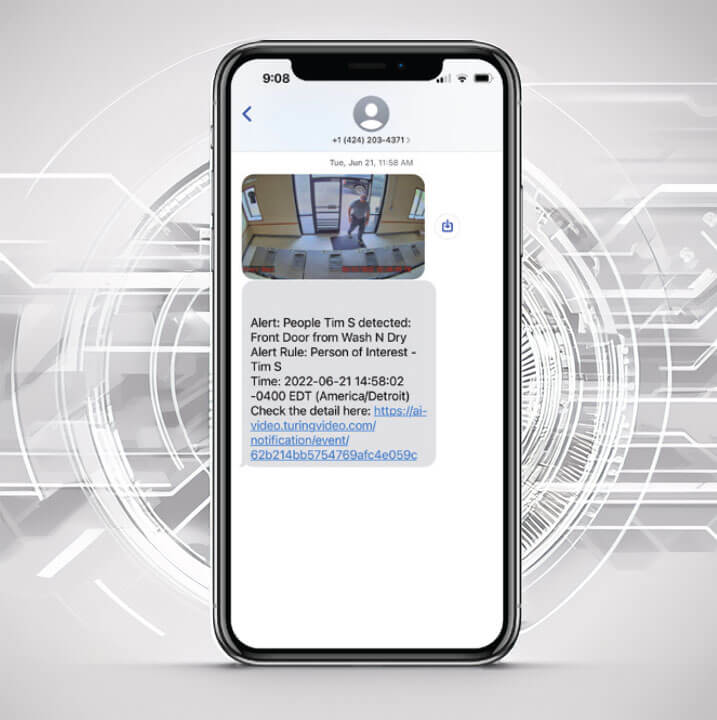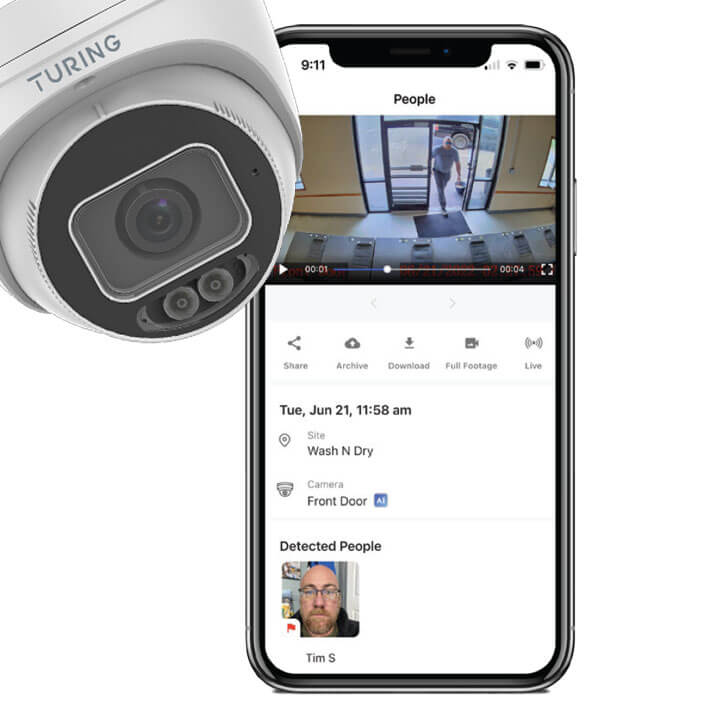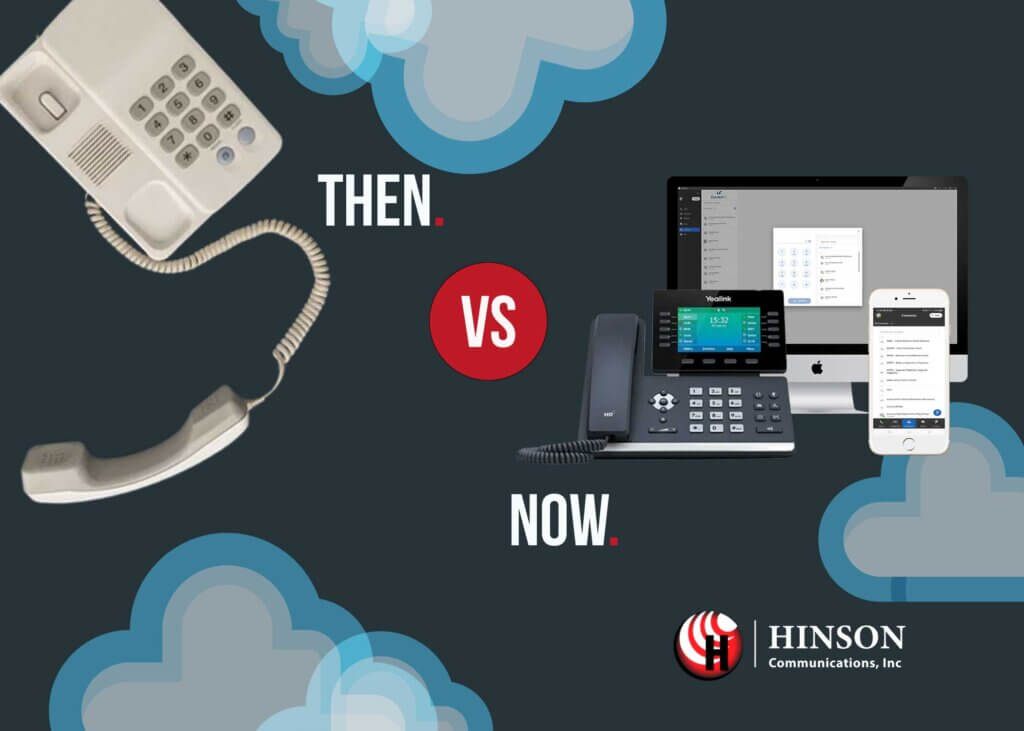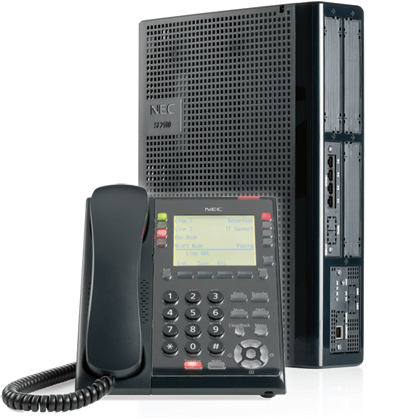
Best Internet for Business in 2025: Top ISP Features You Shouldn’t Ignore
When it comes to choosing the best business internet, price shouldn’t be your only consideration. Internet downtime, poor customer service, or lack of scalability can hurt your productivity and profits. That’s why it’s essential to look beyond just the monthly bill.
At Hinson Communications, Inc., we partner with top-tier business internet providers to help companies like yours compare ISP options and find the most reliable, secure, and scalable solution—customized for your unique needs.
Whether you’re a small business, remote team, or growing enterprise, here’s how to find the best ISP for business in 2025 and beyond.
What to Look for in the Best Business Internet Providers

1. Uptime Guarantees and SLAs (Service Level Agreements)
Downtime = lost revenue. The best commercial internet providers offer 99.9% uptime or higher, backed by detailed SLAs that promise compensation if service fails.
Hinson Advantage: We help you evaluate SLA terms and choose only ISPs with verified reliability and business-grade performance.

2. Connection Type: Fiber, Cable, or Satellite?
Not all internet is created equal. Fiber internet for business offers symmetrical speeds and unmatched reliability, while cable or satellite options might be best for smaller offices or rural locations.
Hinson Advantage: We assess what’s available at your location and explain the trade-offs in performance, cost, and availability.
Breaking Down the Types of Internet Available
Fiber
Fiber internet is the gold standard for business connectivity, delivering ultra-fast speeds and unmatched reliability by transmitting data as light through fiber-optic cables. Unlike cable internet, which shares bandwidth with nearby users and often slows during peak hours, fiber offers symmetrical upload and download speeds and consistent performance. Compared to wireless options, fiber provides significantly lower latency and is less affected by weather or physical obstructions. For businesses that depend on cloud-based tools, video conferencing, and large file transfers, fiber is the most dependable and scalable internet solution available.
Cable
Cable internet is a widely available broadband option that delivers data through the same coaxial cables used for cable TV. It's often faster and more stable than DSL or wireless options, making it a popular choice for small to medium-sized businesses. However, unlike fiber internet, cable connections are shared with nearby users, which can lead to slower speeds during peak usage times. While not as fast or symmetrical as fiber, cable internet offers a cost-effective and reliable solution for businesses that need solid performance without the premium price tag.
Satellite
Satellite internet uses orbiting satellites to beam internet signals to a dish installed at your location. It’s a valuable option for rural or remote businesses where wired connections like fiber or cable aren’t available. While satellite internet offers broad coverage, it typically comes with higher latency, data caps, and slower speeds—especially for upload. These limitations can impact real-time applications like video calls or cloud-based tools. However, for basic connectivity in hard-to-reach areas, satellite internet remains a reliable backup or primary option when no other services are accessible.

3. 24/7 Business-Class Customer Support
Reliable business ISPs offer dedicated, 24/7 support—not just a generic helpline.
Here is What You Should be Asking:
-
Is support U.S.-based?
-
Is there priority service for outages or business-critical requests?
-
How quickly are support tickets resolved on average?
-
Do they offer a dedicated account manager or business support team?
-
Is technical support available via multiple channels (phone, email, chat)?
Hinson Advantage: We only recommend providers with fast response times and high customer satisfaction.

4. Scalable Internet Plans for Growing Businesses
As your team grows or your bandwidth demands increase, you’ll need an internet plan that can scale. Choose an ISP that lets you upgrade without penalties or interruptions.
Hinson Advantage: We future-proof your network by helping you select ISPs that offer flexible, growth-ready solutions.

5. Built-in Security Features
The best internet for business includes cybersecurity tools like firewalls, VPN support, and DDoS protection. These are essential for businesses handling sensitive data or remote access.
Hinson Advantage: We match you with ISPs offering built-in compliance solutions (HIPAA, PCI, SOC 2, etc.).

6. Performance Metrics: Not Just Speed
Besides bandwidth, you should consider:
- Latency (delay in data transfer)
- Jitter (variability in connection)
- Packet Loss (data errors during transmission)
These factors impact video calls, VoIP, cloud software, and remote access.
Why Businesses Choose Hinson Communications, Inc
We work with multiple internet service providers to deliver:
- Custom recommendations
- Local and national ISP options
- Fiber, cable, wireless, and satellite comparisons
- Exclusive business offers
- Complete project coordination—from quote to install
- Localized billing options- pay one invoice for internet, phone, or security services
We simplify your search and ensure you get the most reliable, high-speed internet for your business—backed by expert support.

Ready to Find the Right ISP for Your Business?
Let Hinson Communications, Inc. handle the research. We’ll help you compare the best business internet providers and choose a plan that supports your operations today and scales with your goals tomorrow.
Contact us today for a free consultation or site assessment.





